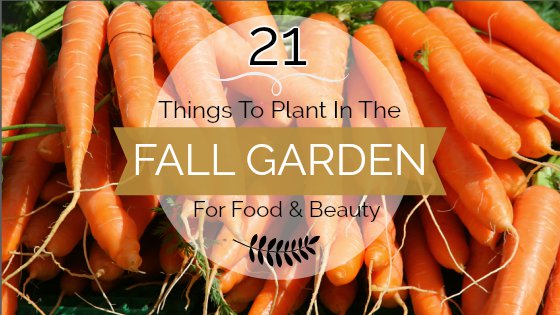
As we wind down summer and head into fall, don’t hang up your gardening gloves just yet, there is still plenty to do!
Fall is great for planting because the air is cool but the soil is still warm enough to encourage root growth. For short-term gain, you can plant several cool season vegetables that you can harvest before the hard frost claims them.
Some of them can be harvested well into winter if you provide enough protection with heavy mulching. Don’t forget the bulbs and perennials give you a burst of color with pretty flowers and beautiful foliage in spring.
You can even put in some early flowering plants to keep the winter blues at bay. Many herbs that hate the heat will thank you with a long season of flavor if you plant them in early fall.
The expected date of the first killing frost in your area is the yardstick to go by when you plant the vegetable garden in the fall.
Check the vegetable crop labels; late maturing crops need 90 days, so they should be planted three months before the expected first frost date.
Unless you have a late November or early December mandate with the killer frost, they should be in the ground by mid-August. But mid-season and early maturing varieties take just 45-65 days to mature, so you can plant them much later.
You can even have two or three crops of some salad greens and quick-maturing radishes back to back.
Here’s a wide selection plants, some edible, some just beautiful to consider for fall planting.
1. Broccoli
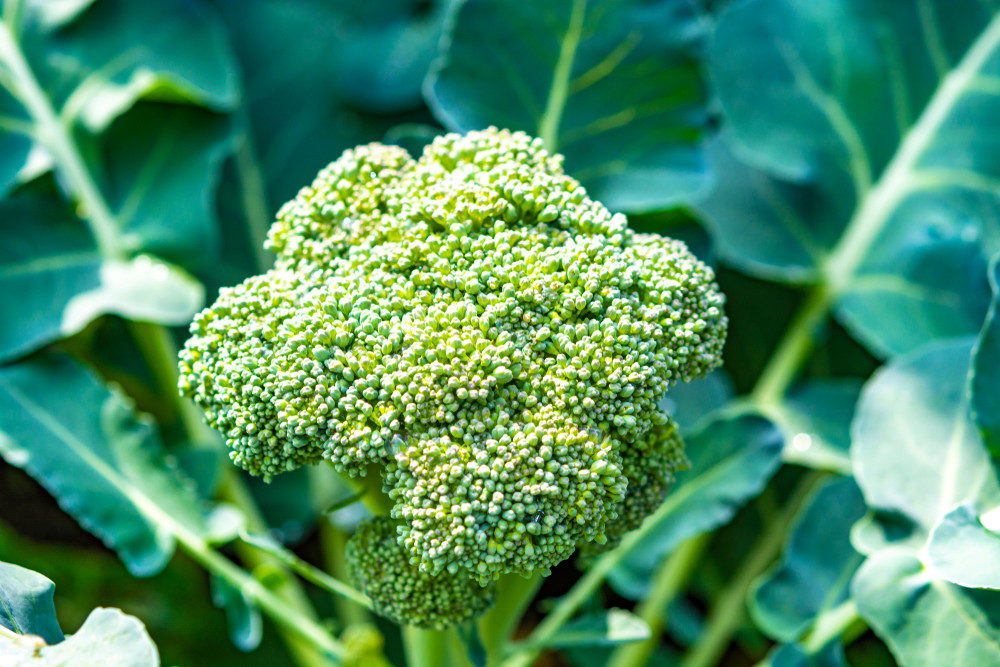
Broccoli needs to be planted as soon as the summer heat gives way to the cool breezes of the fall season.
To make the best of your broccoli crop, plant the seedlings 10-12 weeks before the expected first frost date.
This plant needs regular watering and feeding with nitrogen fertilizer. Keep the bases covered in mulch to prevent them from drying out.
Harvest the main head when it is tight and green, usually within 70 days of planting. Plant seedlings 2 feet apart if you intend to harvest the side shoots.
2. Brussels sprouts
Brussels sprouts are best grown in fall as it gives a better-tasting crop when it is grown in the cool season. The little sprouts take 90 days to form, and they don’t do as well in the summer heat, so if you have a short spring, keep this vegetable for the fall garden.
When planted early in the fall, you can start harvesting the sprouts towards the end of the season because the crop takes nearly three months to mature.
The first few touches of frost bring out better flavor. These plants can withstand the rigors of winter quite well, and can even stand light snow, so you can enjoy them even after harsh weather begins.
Plant seedlings started indoors in raised beds, leaving 2 feet between them. Add long-acting organic fertilizers to the bed before planting.
Water well and mulch around the plants to keep the temperature steady and to suppress weeds.
3. Carrots
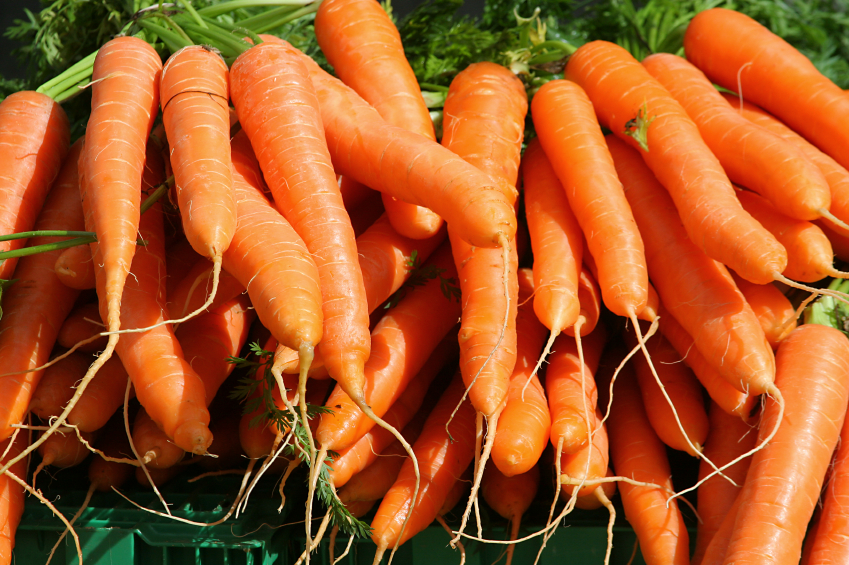
Carrots are a must in every fall garden. Their feathery foliage looks just as good in the flower beds, so you can plant them even if you don’t have a vegetable patch.
Plant carrot seeds 5 inches apart in well-prepared garden beds once the cool season starts. Loose, sandy soil without stones is best for carrots.
Soil preparation is important because the tap root has to grow deep into the soil without any hindrance. Do not add fresh manure to the soil as it may cause forking.
Start harvesting the carrots as soon as the roots are filled out, but a little frost will actually sweeten them. So leave them in the ground under a thick layer of mulch after the first frost, and stagger the harvest all through winter.
If you expect snow in your area, you can cover the mulched rows with a plastic sheet and flag them to make the harvest easier.
4. Radishes
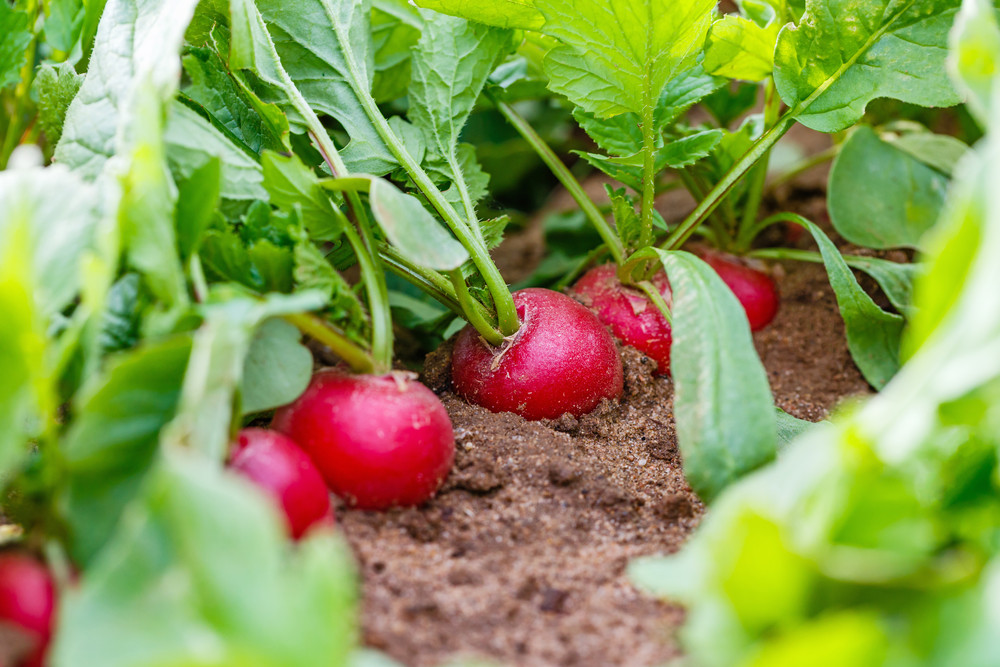
Radishes are so quick growing that you can have three crops back to back if you have a window of 90 days to the first frost in your area. Or, you can stagger the plantings every two weeks so that you will have a continuous supply all through the season.
Plant a variety of radishes, including some late-maturing winter varieties that give larger and sweeter roots. The last planting should be 6 weeks before the expected frost date.
Radishes need well-drained, rich soil, but deep soil preparation or additional feeding is not necessary, making them one of the easiest vegetable crops. But check them out frequently to harvest them in their prime.
5. Swiss chard
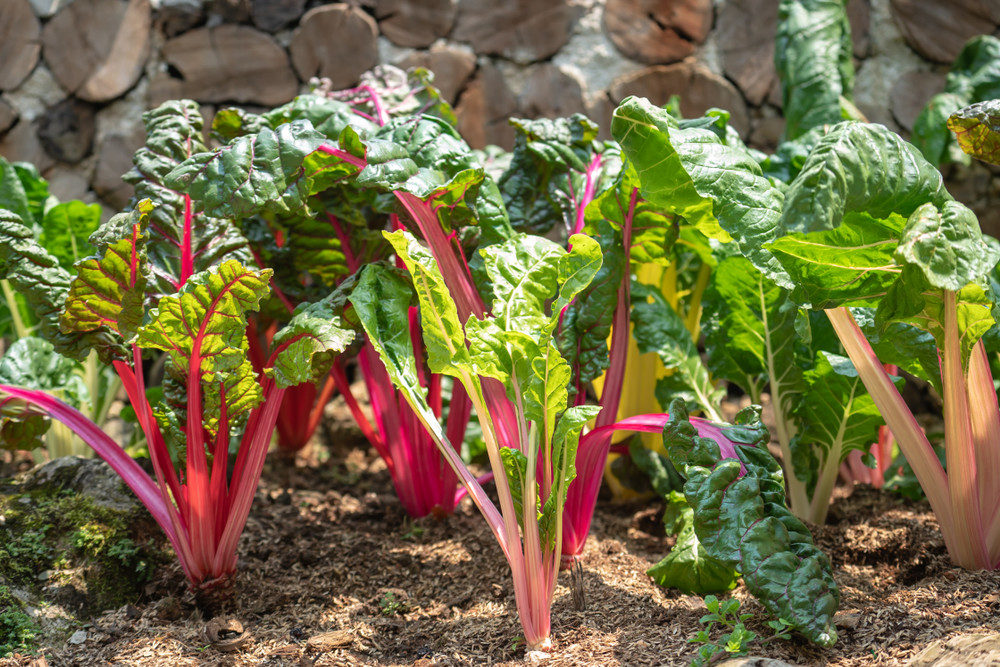
Swiss is another delightful vegetable that transcends the divide between your flower garden and your vegetable patch.
The crinkled leaves on rainbow colored stalks look good anywhere you plant them. They mature in as little as 40 days, so you can probably have more than one crop before winter sets in.
Plant the seeds in rows in rich, well-drained soil, leaving a foot between rows. Water the beds regularly to keep them evenly moist.
As the plants grow and spread out, you can thin them out and use the baby leaves in salads.
6. Spinach
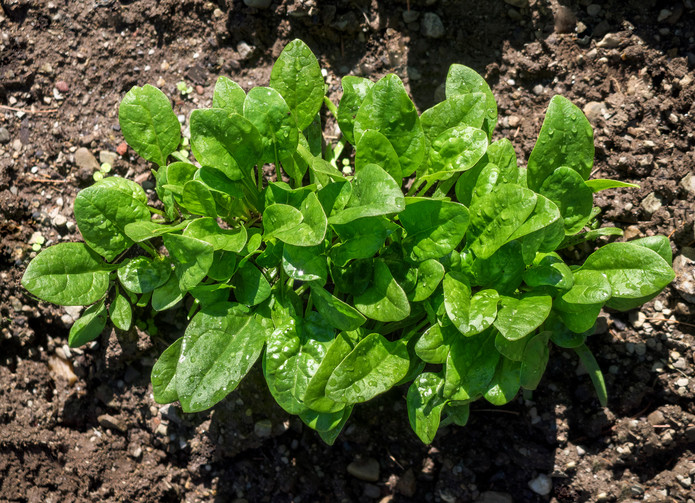
Spinach is a cool-season garden staple as it prefers chilly air and warm soil. You can have more than one crop of spinach between fall and winter as they need only 45 days to mature.
They can go well into winter without much protection.
Spinach prefers rich soil with plenty of moisture to help it grow vigorously and fast. Sow seeds in well-prepared soil and thin them out.
Do not throw the baby spinach plants away, though. Use them whole in salads. Transplant the seedlings well apart to allow good air circulation.
You can harvest the entire plant after 45 days or keep plucking tender leaves all through the season.
7. Kale
Considered a superfood, kale deserves a place in the fall garden. It is a mid-season plant that requires around two months to mature, so kale should be ideally planted 60 days prior to the first frost.
But if you are harvesting just the tender leaves, you can plant it much later and still have plenty for your use. In fact, it is better to plant it late than early since it cannot stand the summer heat.
Sow the seeds ½” deep and then thin them out to stand one foot apart or plant seedlings in prepared beds.
Once established, it can withstand the cold up to 20 F, so if you have mild winters, you can continue to enjoy this vegetable throughout the season.
8. Kohlrabi
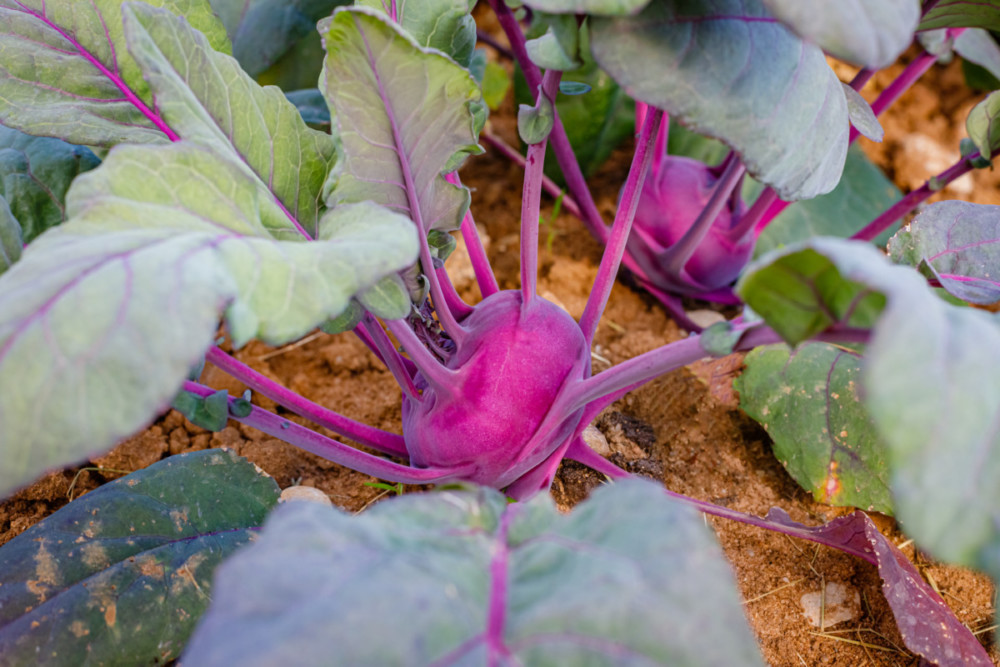
This peculiar-looking vegetable deserves a place in every garden for its versatility. The turnip-like portion is its swollen stem and stays on top of the soil, so there’s no digging involved when you harvest them.
You can just peel off the tough skin and eat the crispy flesh raw in salads or eat it sautéed, steamed or fried. Add grated kohlrabi to soups and dips.
Plant the seeds in rich, well-drained soil, spacing them a foot apart. You can harvest the vegetable in 6-8 weeks.
Its leaves are also edible, so you have a regular supply of greens throughout the season.
9. Cauliflower
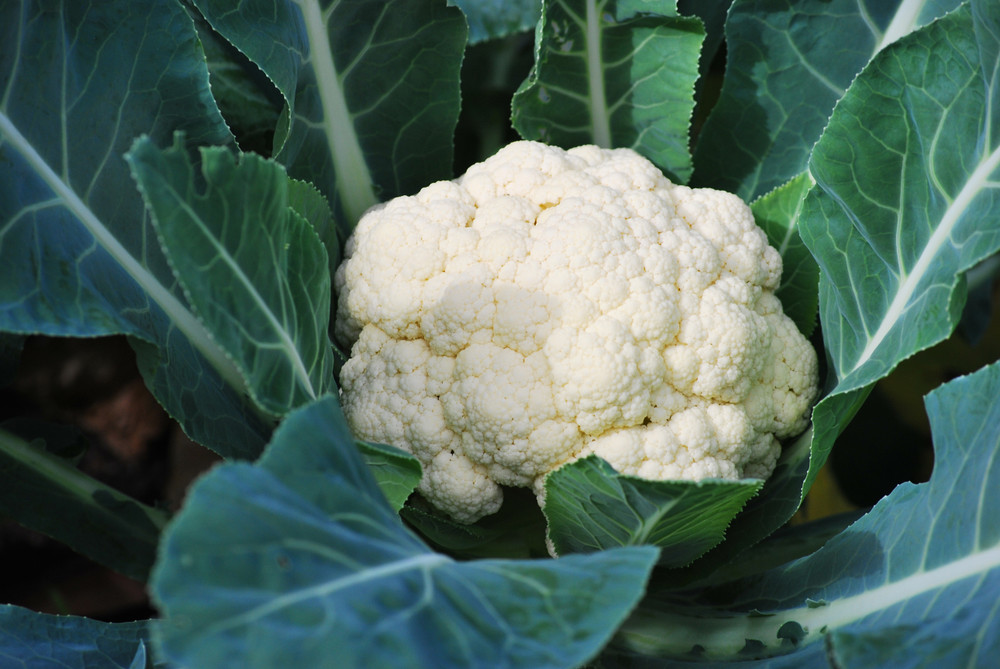
Cauliflower is a tricky cool-season vegetable to grow because it needs steady temperature and moisture. It takes nearly three months to mature, so it’s a long wait to harvest too.
Nevertheless, it is rewarding to watch the flower heads forming in bits and pieces, eventually getting filled up to form tightly packed clusters.
Plant seedlings in rich, organic soil when the temperature has come down to the 60s during the day. Soil should be kept evenly watered with a pH around 6.5.
Leave two feet between plants and cover the bed with mulch.
Tie the top leaves together over the flower heads so that they remain white. Harvest them when the temperature dips too low.
10. Lettuce
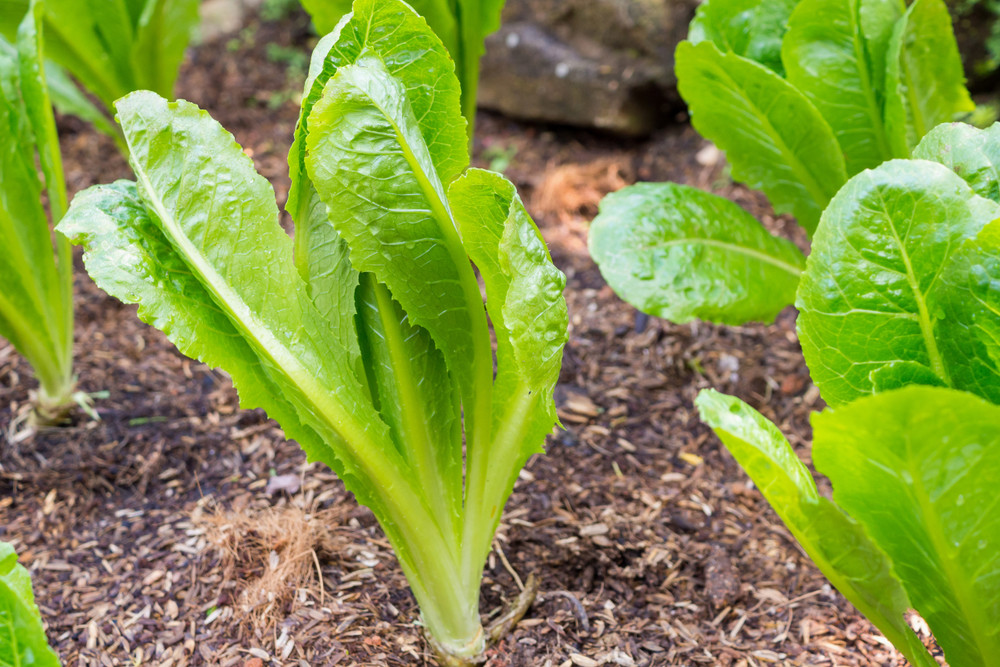
This is one leaf crop to keep planting and harvesting in batches all through fall and well into winter. You can start the first batch once the summer heat lets up.
Mulching the bed before planting will help lower the soil temperature further, so does planting the first few batches in the shade.
Lettuces of all types love rich, organic soil high in nitrogen. Sow seeds in well-draining beds and keeps the soil evenly moist. Provide additional feeding every three weeks.
Lettuce plants need lots of nitrogen for vigorous leaf growth.
Thin out the plants as they grow and keep harvesting the lower leaves of loose-headed lettuces. Firm-headed plants should be harvested before the leaves develop bitterness.
11. Chives
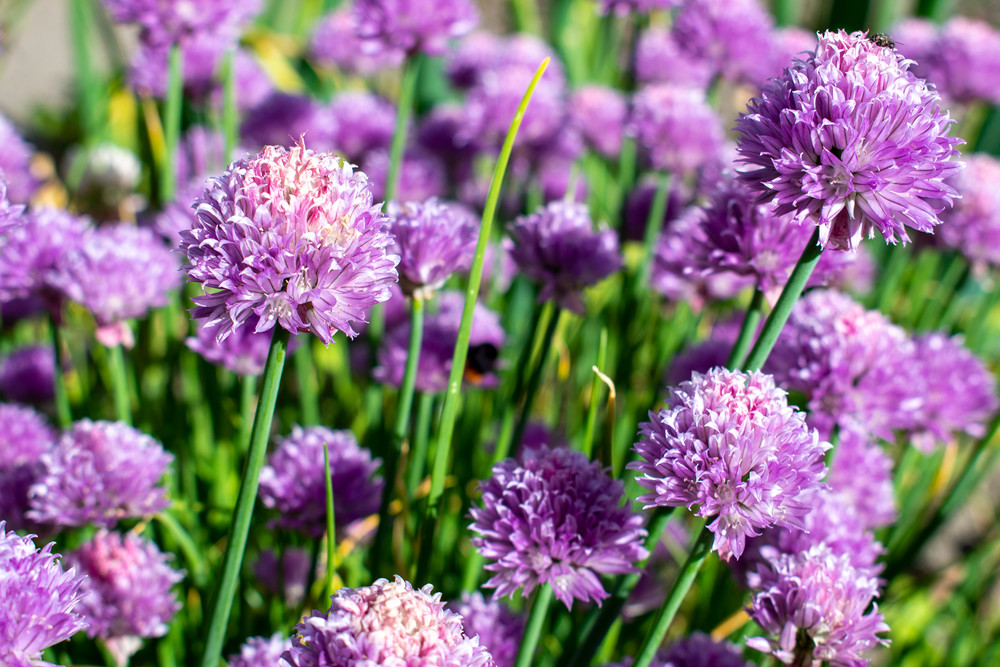
Most herbs do well when planted in fall and enjoy relief from the hot summer sun.
Chives belong in the fall garden because their grass-like leaves and purple-pink flowers are an asset to both flowerbeds and vegetable gardens.
When planted among vegetables and flowering plants, they help keep insect pests away.
Sow the seeds indoors and transplant the seedlings in fall. Plant them in rich, moist soil, but ensure good drainage. Very little aftercare is needed once the plants start growing into clumps.
Start nipping off the leaves 4-6 weeks after planting.
Add the flower buds to salads or float them in soups, but don’t leave them to set seeds unless you want chives growing all over the place in the next season.
12. Cool season lawn grass
Fall is the best time to plant cool-season turf grasses like ryegrass, fescue, and bluegrass. You can either start a new turf from scratch or repair your existing lawns by re-seeding bald areas after preparing the soil.
The warm soil helps the roots spread while the tips remain dormant. This results in healthy, deep-rooted lawns.
In southern lawns with warm-season grasses, you can overseed with winter ryegrass to keep the lawn looking good through the cool season.
13. Irises
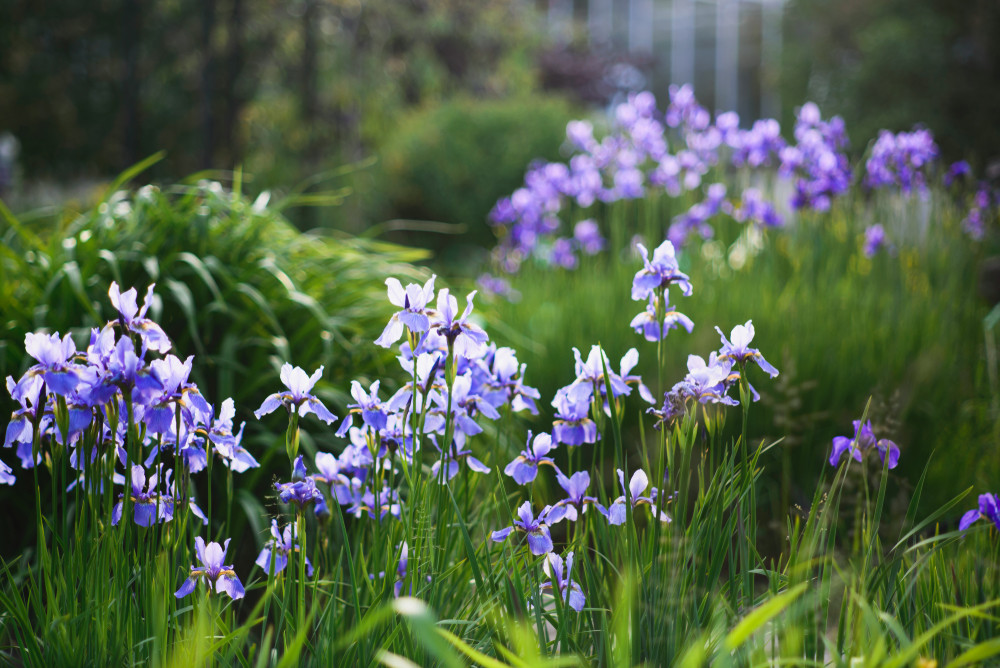
You can plant irises as early as late summer, but fall is the best time because the cool weather and occasional rains help the plants establish themselves better.
This is then followed by a long winter rest so that they can come out with vigor and vitality in spring. Fall planted irises usually come to flower in the first summer, but those planted in spring may take 2-3 years.
Irises need fertile soil that is tilled one foot deep, but their rhizomes should not be planted too deep in the soil. They should be partially exposed while the roots should be covered by a few inches of soil.
Water the plant regularly all through the season to help it get established. Add mulch for winter protection.
If you have an established stand, fall is the best time to divide it and transplant.
14. Hostas
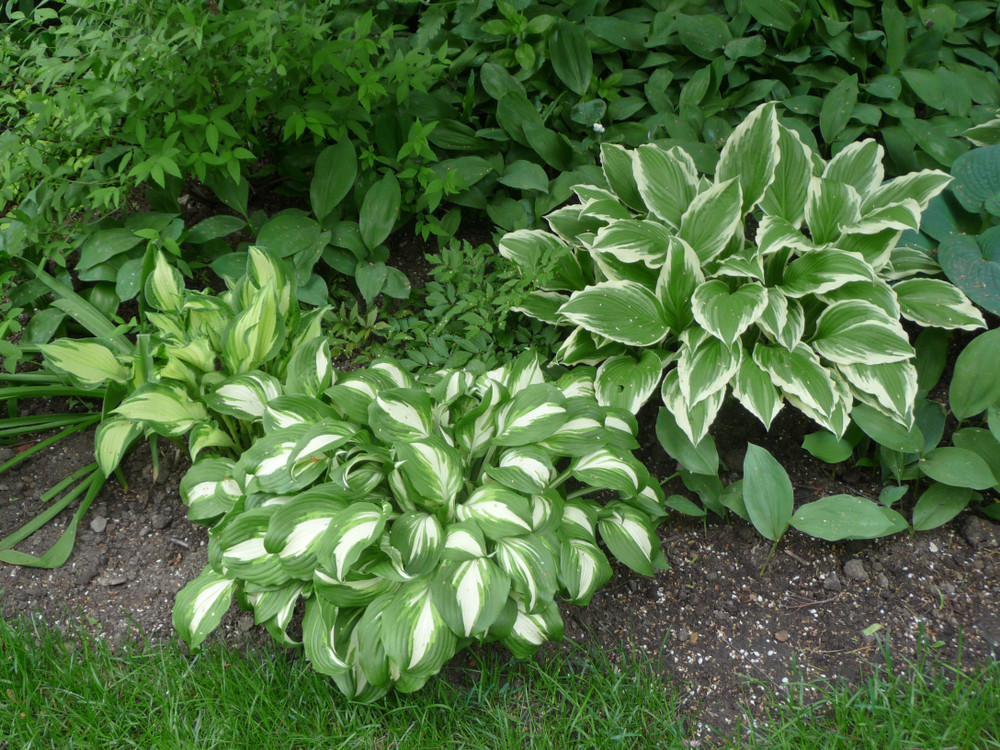
Add new varieties of hostas to your shade garden or divide the ones you already have. For best results, they should be planted after the heat of summer makes way for the cool season.
Since these plants are perennials that live for many years, it is essential that you choose their location wisely. Although hostas are shade-loving plants, the variegated varieties need more sun than the dark green varieties.
The ground should be well prepared, and good drainage should be ensured.
Each plant needs a large space as it increases in diameter every year. Start with a hole one foot deep and as wide as the plant. Line it lightly with rich, organic soil and place the plant, covering the roots with more soil.
Tamp it down firmly and keep the soil slightly moist until the plant is established.
15. Peonies
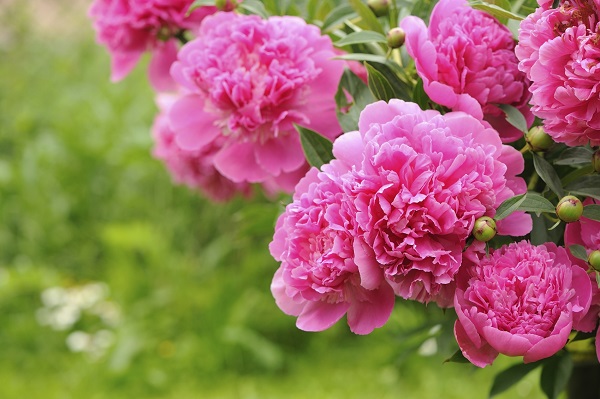
This “fattest and most scrumptious of all flowers” is a delightful addition to any garden.
Not just because they faithfully come back with beautiful blooms every spring and look good the rest of the year, but they can be the legacy you leave behind in your garden for future generations to enjoy.
Once you plant a peony, it likes to stay put, so choose the location carefully and prepare the soil diligently.
Fall is the best time to plant peonies as spring-planted specimens just don’t do well. Prepare a large hole, 2 feet deep and 2 feet wide, if you can. Amend the soil with compost and bone meal; you will not be fertilizing the plant frequently.
Plant the tubers with their eyes just below an inch or two of soil. Water regularly so that the plant gets established before the first frost.
In winter, mulch lightly with pine needles, but take care not to smother the plant.
16. Roses
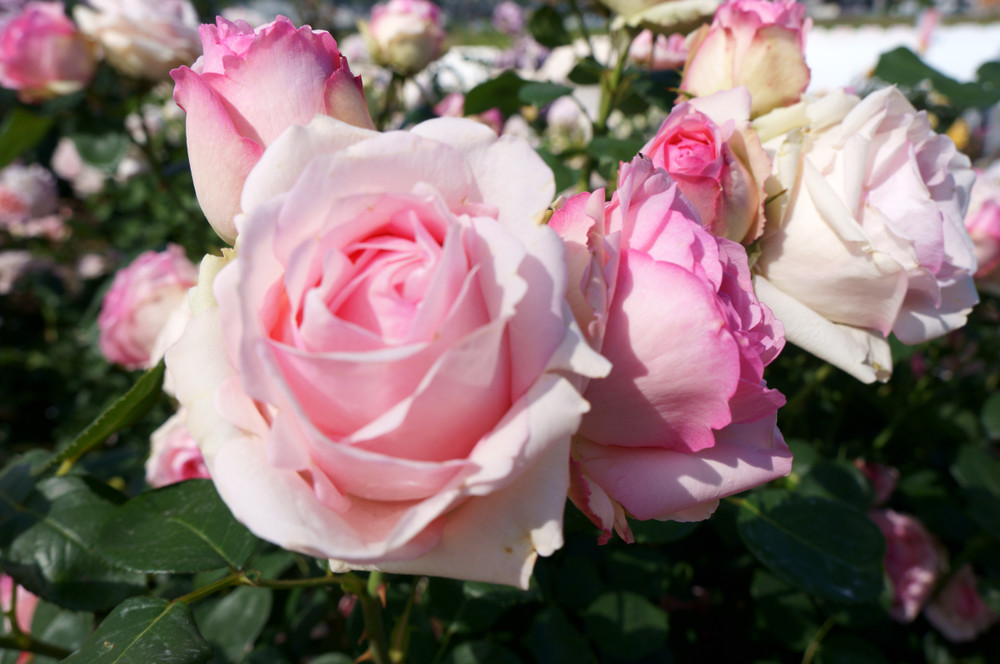
Fall planting of roses help them have a good root system. It will make them capable of withstanding the ravages of nature.
If you are planning to make a hedge of knockout roses or have a few accents of drift roses in your garden, put them in the ground once the fall chill sets in.
Roses need a sunny location. Make sure they get at least 8 hours of sun.
They prefer slightly acidic soil that has a pH between 6 and 6.5. Check your soil pH and do the necessary amendments before planting.
Bed preparation is particularly important for roses. Plant roses with plenty of space in between leaving 3 feet between the smaller varieties about 5 feet between the larger ones.
For best results be sure to water often and fertilize when the active top growth starts.
17. Pansies
Pansies with their monkey faces bring cheer to any winter landscape. They love the sun, but wilt easily in the heat, so the cool air and warm soil of the fall season is the ideal combination for these plants.
When you plant them in fall, they have two long seasons to display their flowers. Plant them in well-cultivated, rich soil to help them establish a good root system.
With deadheading and regular feeding, you can keep them going into spring and beyond. Although pansies are treated as annuals, they are really perennial plants, but they tend get leggy after the first year.
18. Tulips

There is a myriad of shapes, forms, and colors of tulips to choose from.
They are so versatile that they look equally good in neat rows and geometrical beds and also in informal plantings. So get your bulb selections and plan your tulip beds early.
Put bulbs into the ground at least 6-8 weeks before the expected first frost date.
Tulips like well-draining sandy soil either neutral or slightly on the acidic side. Plant the bulbs 4-6 inches apart and 8 inches deep in raised beds to help with drainage.
Water deeply once after planting, but keep the beds on the drier side afterwards, if you can help it. The bulbs have everything they need for the first season’s flowers, so you don’t need to fertilize the beds unless you want to turn the plants into perennials.
19. Daffodils
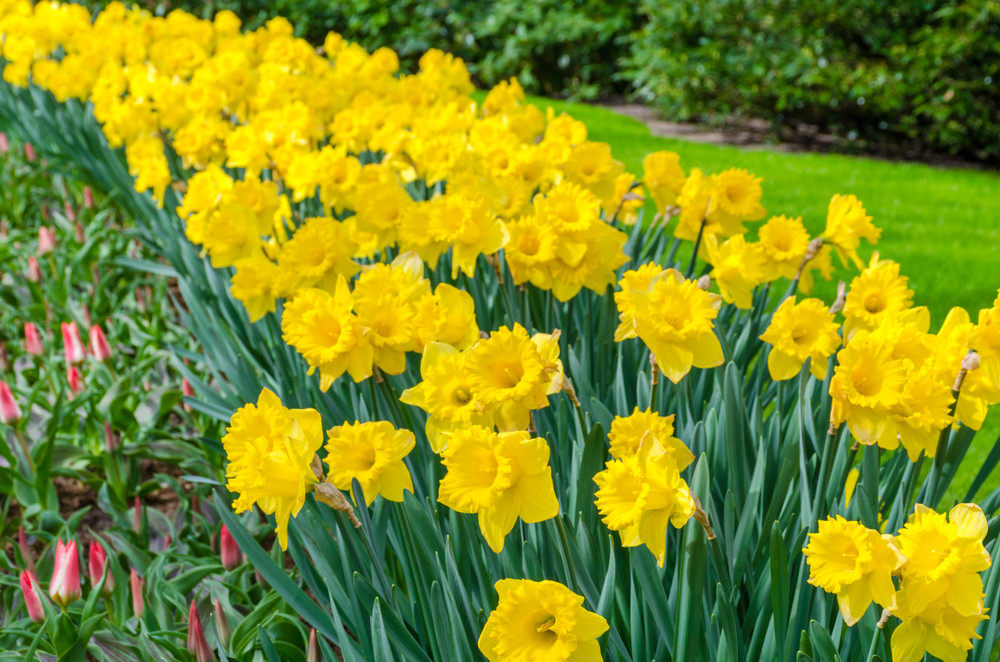
These sunny flowers appearing in late winter or early spring are a welcome sight in any garden. They are easy to care for and will grow and bloom almost anywhere in the country and can be naturalized in many areas.
Select a sunny location for these plants, but they can manage in semi-shade too. They are best planted in informal arrangements.
One way to do it is throw the bulbs over your shoulder and then plant them where they land.
Plant daffodils as late as two weeks before the first frost, but it doesn’t hurt to finish the chore a bit earlier, especially if you want to plant a large area.
Plant bulbs 3-5 inches deep and cover them with a layer of mulch.
Daffodils don’t need much care after planting but fertilize after flowering if you intend to grow them as perennials.
20. Ornamental onions
Ornamental onions add color and vertical interest to summer gardens with their large, globular flower heads held high on tall stalks. These undemanding plants are not as popular in gardens as they should be, so you might have to order your bulbs well in advance.
A sunny location and well-draining soil are all they need.
They may give off an unpleasant onion smell if you rub against them, but if planted at the back of your flowerbeds, you can probably leave them alone to grow and multiply for years to come.
They are excellent for xeriscapes and deer and rodent-resistant gardens.
21. Strawberries
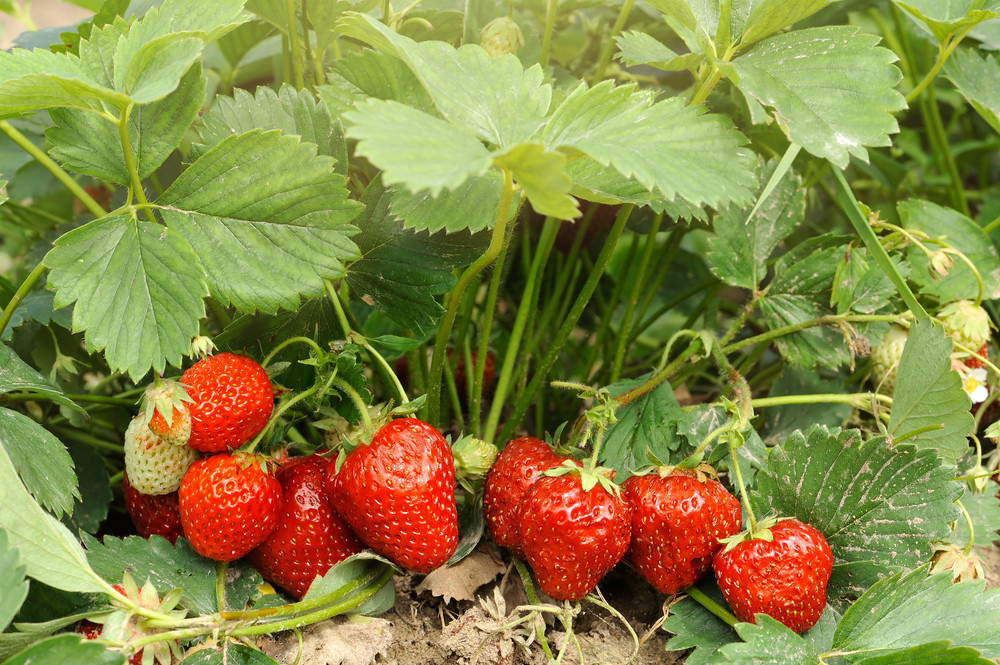
One reason to plant strawberries in the fall is that they will give you better yield in the very first season. You don’t have to skip a year as in the case of spring-planted strawberries.
You also don’t have to worry about the summer sun beating down on the newly established plants.
Strawberry plants need slightly acidic soil that fall in the range of pH 6 to 6.8. The soil should be well-draining and rich, and have plenty of organic matter.
To avoid weeds crowding out these ground-hugging plants and to keep the fruit from resting on the ground, cover the beds with straw mulch. Plastic mulch is another alternative, but if you’re using it, plant the strawberries in slits cut into the plastic sheet.
Don’t forget about trees and bushes come fall. It is an ideal time to plant deciduous, evergreen and most fruit as well.
A little toil in the fall garden can give you bountiful harvest in the following seasons. It is easier to work the ground in fall than in early spring and less taxing than it is in summer because of the cool air.
Pests and diseases are comparatively less too, as long as you maintain good drainage and air circulation.
Happy planting!
